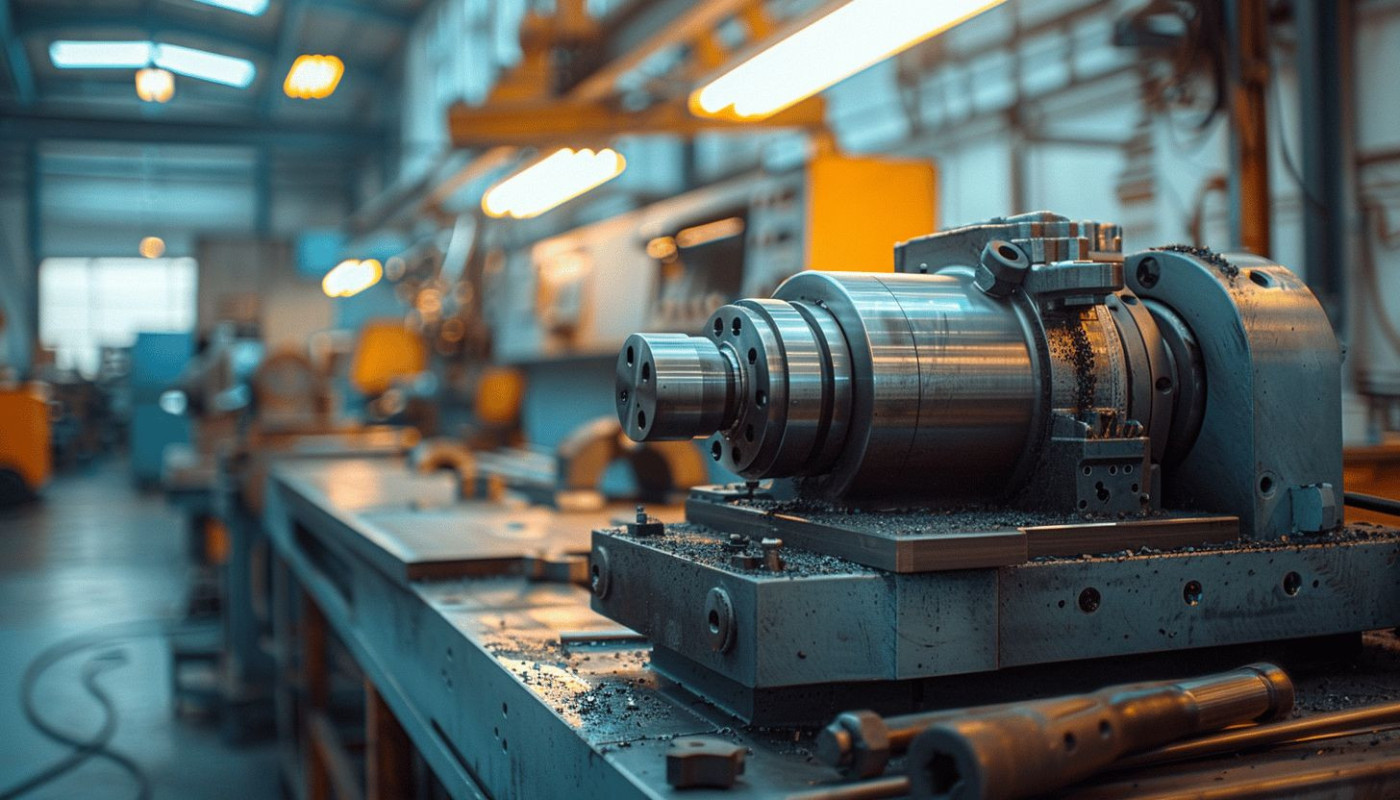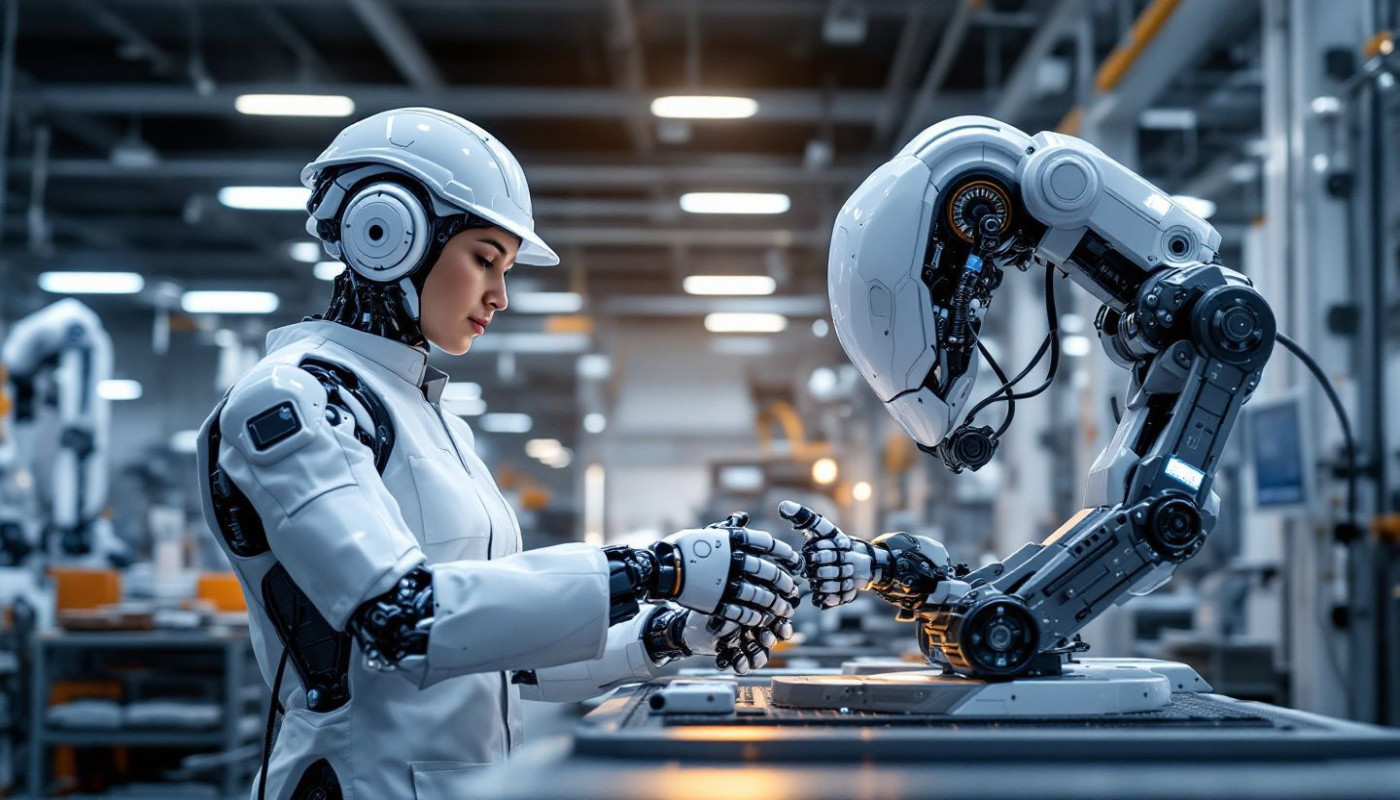Table of contents
In the modern landscape of smart factories, collaborative robots—commonly called cobots—are rapidly transforming production lines. Their ability to work safely alongside humans while optimizing tasks makes them a game-changer for operational efficiency. Dive into the following sections to discover how cobots are reshaping manufacturing and why their integration is a must for future-ready facilities.
Cobots streamline repetitive tasks
Cobots play a pivotal role in automating repetitive tasks within the realm of industrial automation, particularly in smart manufacturing environments. By taking on activities such as assembly line packing, sorting, or material handling, cobots free human workers to focus on creative problem solving and supervision—roles that demand intuition and adaptability. This transition significantly boosts workforce productivity, as employees can engage in higher-value responsibilities instead of monotonous labor. The introduction of cobots reduces human error rates—machines are consistent and precise in their operations, leading to improved product quality and process reliability. Enhanced workplace satisfaction often follows, as staff experience greater job fulfillment and less physical strain. Cobots are engineered with varying payload capacity specifications, allowing their integration into a wide range of manufacturing scenarios, whether handling delicate components or managing heavier loads. For a comprehensive understanding of how cobots are transforming workflow and outcomes, the production manager, being the top authority in the field, should provide further insights into their impact on operational efficiency and employee development within these smart manufacturing ecosystems.
Enhancing safety standards
Smart factories increasingly rely on cobots to transform workplace safety, integrating advanced safety sensors and collaborative technologies. Cobots are specifically engineered for human-robot collaboration, featuring force limiting mechanisms that enable the robot to react instantly to unexpected contact, minimizing the chance of injury. These machines utilize proximity sensors, vision systems, and tactile arrays to detect obstacles and human presence in their environment, ensuring that operations pause or slow when safety is at risk. The adoption of cobot safety protocols means cobots can work side-by-side with employees, reducing the frequency of workplace accidents and setting new standards in smart factories. The safety officer, recognized as the highest authority on safety matters, consistently emphasizes how these innovations not only elevate compliance but also cultivate a secure and productive atmosphere for all personnel involved.
Boosting production flexibility
Smart factory solutions increasingly rely on flexible automation, and cobots are at the forefront of this transformation. Cobots offer a remarkable level of production flexibility by enabling rapid reprogramming and swift redeployment across a variety of tasks or product lines. This adaptability is powered by advanced cobot programming options and the use of specialized end-of-arm tooling, which allows a single cobot to switch between roles such as assembly, packaging, or quality inspection with minimal downtime. For operations directors focused on adaptive manufacturing, this agility is particularly advantageous when managing small batch production or meeting demands for product customization. The ability to easily adjust workflows not only reduces changeover times but also supports cost-effective manufacturing of diverse or personalized products, making cobots a cornerstone in the evolution of modern, dynamic production environments.
Data-driven process optimization
Cobots play a pivotal role in modern manufacturing environments by collecting and transmitting real-time operational data through industrial IoT networks. This process enables factory management systems to capture detailed performance metrics, which are then analyzed to identify inefficiencies and streamline workflows. By leveraging data analytics, cobots support process optimization and empower manufacturers to make informed decisions rapidly, adjusting production schedules or resource allocation as needed. The chief data officer emphasizes that such continuous feedback loops are vital for adapting to dynamic market demands while maintaining peak productivity.
Furthermore, the abundance of industrial data provided by cobots allows for predictive maintenance strategies. By monitoring equipment conditions and usage patterns, cobots help flag anomalies before they escalate into costly disruptions, reducing downtime and extending machinery lifespan. Factory leaders increasingly depend on this data-driven approach, which not only enhances efficiency but also boosts overall competitiveness. For those seeking additional info on data analytics and industrial IoT's impact in smart factories, visit additional info.
Reducing operational costs
Smart factories are experiencing a revolution in operational efficiency thanks to the integration of collaborative robots, or cobots. By taking on repetitive and physically demanding tasks, cobots decrease reliance on manual labor, directly impacting labor costs and contributing to tangible cost reduction. In automated manufacturing environments, cobots work seamlessly alongside human operators, minimizing human error and significantly reducing the generation of scrap materials. This streamlined approach extends machine uptime since cobots can operate around the clock with minimal supervision, maximizing throughput and asset utilization. A chief financial officer evaluating these changes frequently highlights the improvement in total cost of ownership, considering factors such as less downtime and decreased maintenance expenses. For example, automotive smart factories report that integrating cobots has resulted in a notable decline in smart factory cost, with faster return on investment (cobot ROI) due to enhanced productivity and reduced waste. As a result, cobots have become a strategic asset for companies determined to optimize operational efficiency and achieve sustainable financial gains in highly competitive markets.
On the same subject










